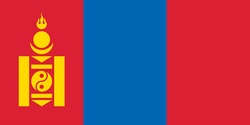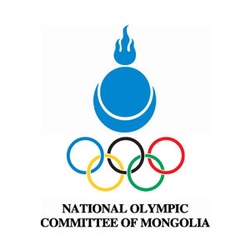Like every other nomadic culture, Mongolian culture is well-known for its hospitality.
Outside the capital, horse is still the main mode of. Nomads are extremely proud of their riding skills and horse racing is a favourite pastime.
Nomadic families follow a seasonal routine, moving the herds to new grazing land based on the time of year.
Daily responsibilities are divided evenly among family members and no one person's work is considered more important than another's.
Traditionally, men take care of the horses, the herds and make saddles, weapons and hunt. Women cook, milk animals, take care of the children and make clothing. Despite their enterprise, however, Mongolians are not self-sufficient.
Since ancient times, they have traded with surrounding civilizations far grain, rice, tea, silk and cotton. The traditional Mongolian dwelling is known as a yurt.
In the 16th and 17th centuries, lamaseries were built throughout the country. Many of them started as yurt-temples.
When they needed to be enlarged to accommodate the growing number of worshippers, the Mongolian architects used structures with pyramidal roofs to approximate to the round shape of a yurt. Further enlargement led to a quadratic shape of the temples.






